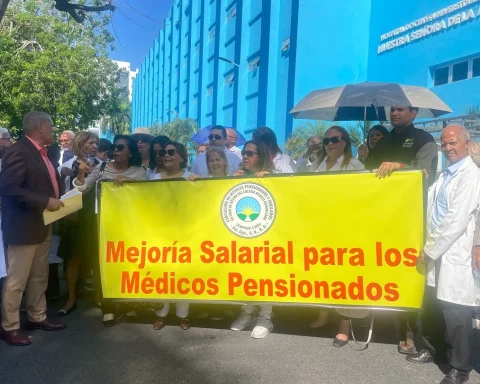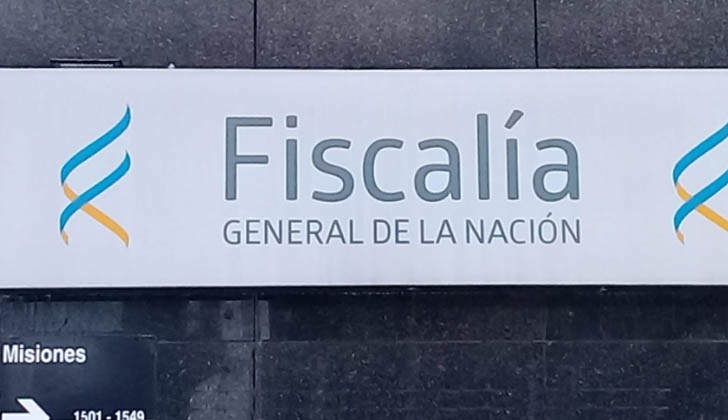The governors of the Federal Reserve (fed) consider that the prospects for economic growth in the US continue to be “weak” and predict “a greater decrease in demand in the next six to twelve months”.
This was stated by the US central bank in its “beige book”, a document in which it collects recent information on the country’s economy, published this Wednesday, where it pointed out that the decrease in demand will occur at the same time as the pressure on prices will persist at least until the end of the year.
Since the beginning of July, the report indicates, economic activity has remained broadly unchanged, with five of the twelve districts in which fed divides the US that reported mild to moderate growth in activity and five others that reported mild to moderate weakening.
Most districts reported steady consumer spending, although it has been mostly directed at food and other essential items.
With a inflation runaway from 8.5% in July, prices remained very high, but nine districts reported some moderation in their rate of increase.
What became more expensive in all districts were food, rent, public services and hotels.
As for employment, job creation increased at a moderate pace in most districts, although general labor market conditions “remained difficult.”
Wages grew in all districts, but at a slower pace than expected.
On August 26, within the framework of the symposium of economic leaders in Jackson Hole (Wyoming, USA), the president of the fedJerome Powell acknowledged that restoring price stability “will likely require” maintaining a “tight” monetary stance for some time.
In order to contain the inflationin July raised rates by 0.75 points, the fourth rate hike in a row and the second in a row by the same amount.
Powell admitted, however, that “at some point” it will be advisable to “moderate the pace of increases” in interest rates.


















